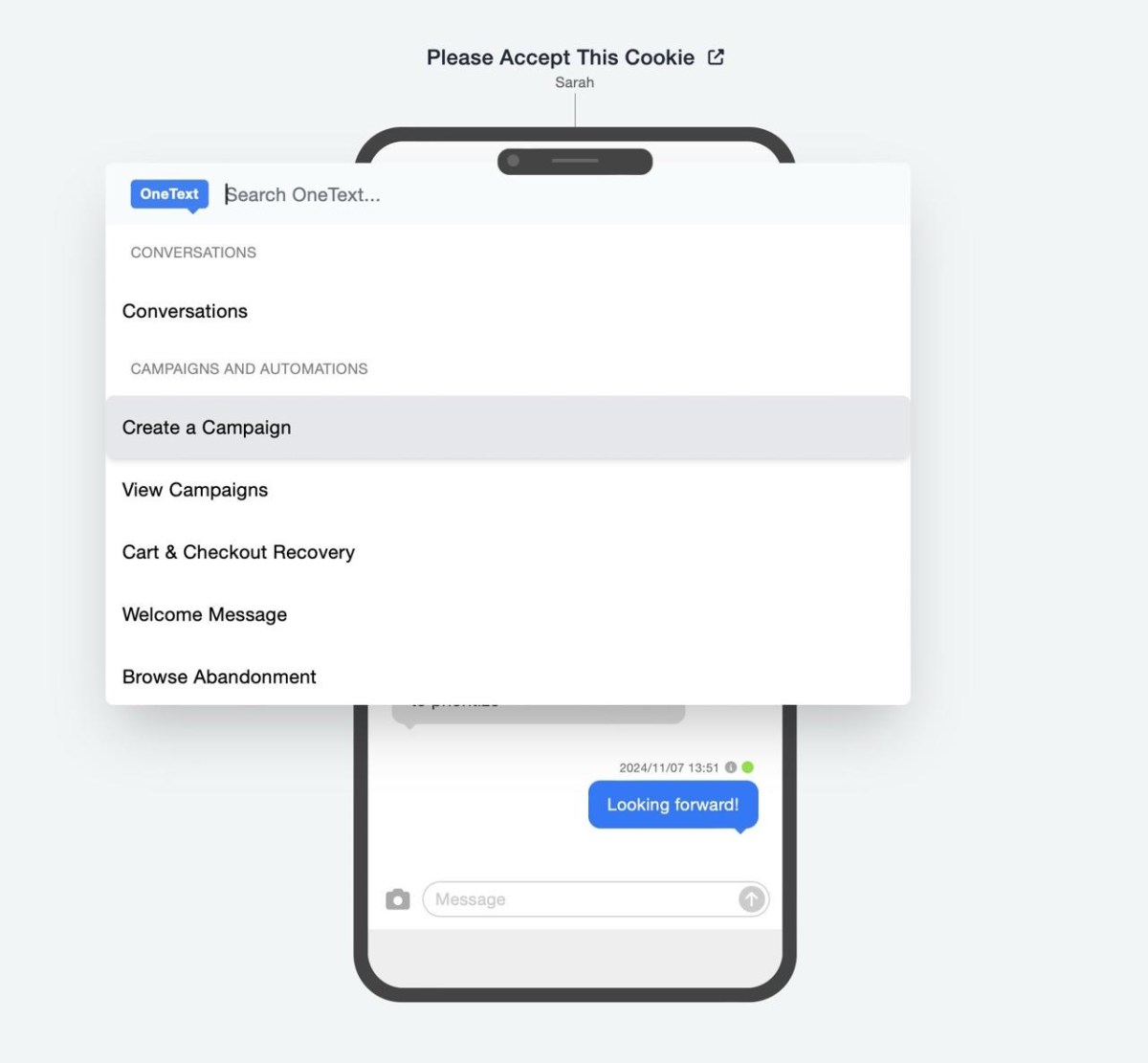
The online shopping experience has evolved significantly in recent years, but one element continues to frustrate both businesses and consumers: the checkout process. Initially created to mimic traditional point-of-sale systems, modern e-commerce checkout flows have developed into complex sequences that often deter users from completing purchases.
This phenomenon, referred to as ‘checkout friction’, includes a range of obstacles—from lengthy form fills and account creation requirements to inconsistent payment option availability and security verifications. As customer expectations rise and patience shortens, these factors directly impact cart abandonment rates and, consequently, revenue for businesses.
In response, an increasing number of companies are focusing on streamlining this last-mile challenge. By integrating tools like one-click checkouts, digital wallets, and autofill technologies, these solutions aim to shorten the time between item selection and payment confirmation. Companies such as Fast (which introduced passwordless checkout) and Bolt (which offers a unified shopper network for faster future checkouts) illustrate the mounting efforts in this space.
Despite the growing array of innovations targeting online checkout, few companies have managed to radically change the experience at scale. Success often hinges on striking the right balance between convenience and security. Additionally, ensuring seamless integration with existing e-commerce platforms remains a challenge.
Industry analysts suggest that the next phase of innovation in checkout technology will focus on personalization and cross-platform standardization, ensuring a consistent user experience regardless of where the transaction occurs. As competition intensifies, companies offering streamlined and secure checkout options are likely to gain a significant competitive advantage.
Ultimately, improving the checkout process is not merely about conversion rates—it’s about meeting evolving consumer expectations in an increasingly digital marketplace. As technology continues to evolve, so too will the tools designed to make buying online a faster, easier, and safer experience.
Source: https:// – Courtesy of the original publisher.








